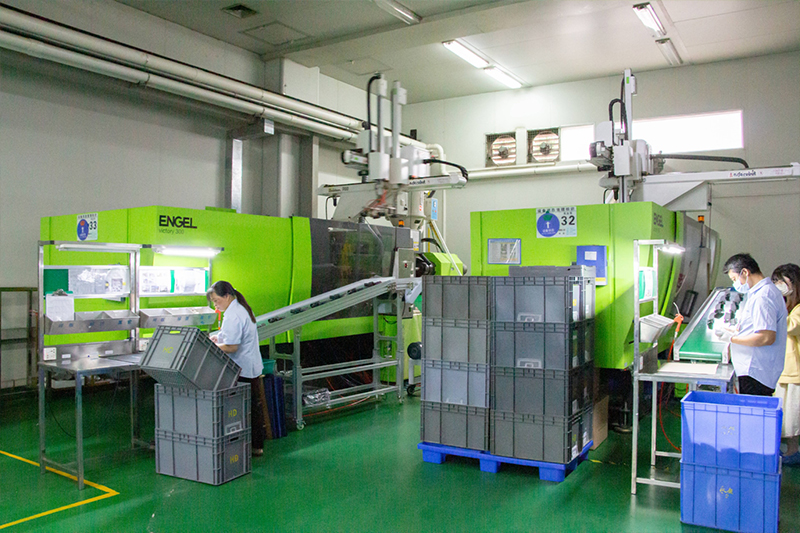TPU injection mold water cooling is good or not good?
In the injection molding process, the cooling link plays a crucial role in ensuring product quality, improving production efficiency and extending the life of the mold. The problem of water cooling or no water cooling actually depends on the specific production needs and mold design.
The following will be a detailed analysis of the advantages and disadvantages of these two cooling methods, in order to better choose the cooling method suitable for specific production scenarios.
(1) The advantage of water cooling is that it has high cooling efficiency, can quickly reduce the mold temperature, shorten the injection cycle, and improve production efficiency. In addition, through a reasonable cooling water design, you can ensure that the temperature distribution of each part of the mold is uniform, reduce the possibility of product deformation and warping, and improve product quality. At the same time, water cooling can also extend the service life of the mold, because rapid and uniform cooling can reduce the thermal stress of the mold and reduce the damage caused by thermal expansion and contraction of the mold.
(2) There are also some potential problems with water cooling. First of all, the design and manufacture of cooling waterways requires a high level of technology and experience, otherwise it may lead to poor cooling effect or water leakage and other problems. Secondly, the cooling water system needs regular maintenance and maintenance to ensure its normal operation, which will increase certain operating costs. In addition, for some small or structurally complex molds, water cooling may be limited by space and structure, and it is difficult to achieve the ideal cooling effect.
(3) In contrast, the above problems can be avoided by not using water cooling. However, this also means that the cooling efficiency may be reduced and the injection cycle may be longer, thus affecting the production efficiency. At the same time, molds that are not cooled by water may face higher thermal stress, increasing the risk of mold damage.
Therefore, when deciding whether to use water cooling, it is necessary to consider a number of factors.
(1) To consider the quality of the product and production efficiency requirements. If the product has high dimensional accuracy and appearance quality requirements, or needs to improve production efficiency, then water cooling may be a better choice.
(2) To consider the structure of the mold and manufacturing difficulty. If the mold structure is complex or it is difficult to design an effective cooling waterway, then you can consider not using water cooling.
(3) Also consider operating costs and maintenance convenience and other factors.
In summary, whether TPU injection molds use water cooling depends on the specific production needs and mold design. When choosing the cooling method, it is necessary to consider multiple factors such as product quality, production efficiency, mold structure, manufacturing difficulty and operating costs to make the best decision.
Post time: Apr-17-2024





